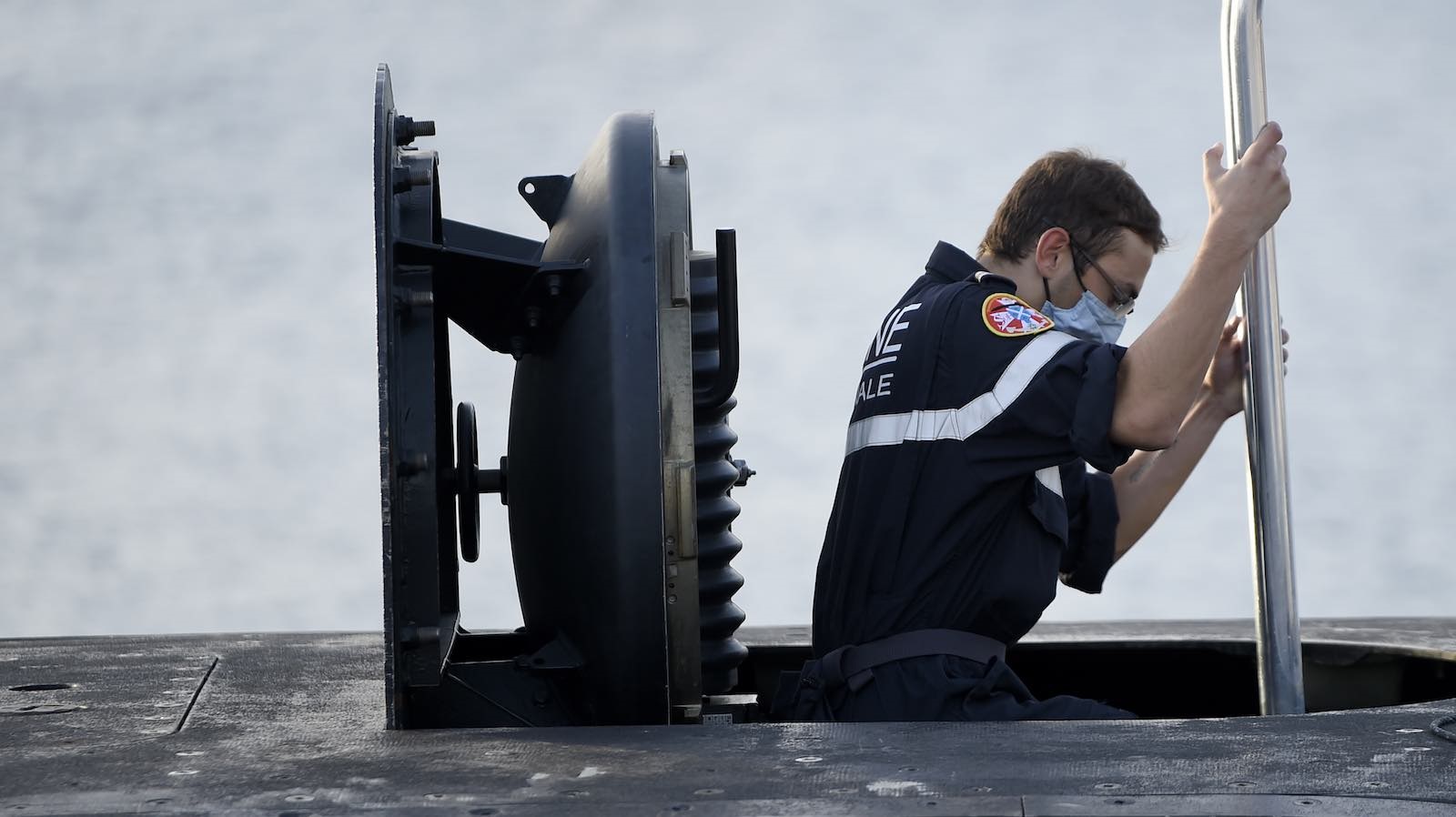@Stampede I totally agree that excellence is the enemy of the good enough.
However, in my view if Australia wanted to build and crew a class of stop-gap vessels to deliver some increase in capability and options compared to our existing Major Fleet Units (particularly the Anzac-class), that was a task that needed to have been started a decade or more ago. Trying to start building a stop-gap class here in Australia now with the resources we have available domestically just wouldn't make sense - it would cost billions and would take too long to deliver the desired increase in capability. The process of choosing which class of ship to build, completing the design, establishing the supply chain, cutting steel, building the first vessel, launching it and fitting it out, conducting trials and commissioning realistically could not be completed before the first Hunter-class FFG enters service, and could well take longer than that, in which case we would have spent billions and diverted resources from other, potentially more valuable options trying to replace an Anzac-class vessel that was scheduled for decommissioning anyway.
I made the suggestion in post #4982 of acquiring three additional Hobart-class DDGs to be built by Navantia in Spain as something of a stop-gap solution, although others have rightly pointed out that there would be obstacles that would need to be overcome. Realistically, although the Hobarts are called DDGs, they're FFGs in terms of capability when you look at what other navies in the Indo-Pacific are deploying as DDGs (e.g. USN Burke-class and their ROK and Japanese derivatives, and the PLAN Type 055); however, they are more capable than the Anzac-class. If the Commonwealth government wanted to look at a progressive increase in the RAN surface fleet's capability in two phases - Phase 1 being now until 2040, and Phase 2 being 2040 and beyond - then acquiring three additional Spanish-built Hobart 2.0s as part of Phase 1 might be an option while proceeding with building at least the first three Hunter-class to the existing design, as it could deliver some increase in both offensive and defensive capability in around 7-10 years' time while enabling the Anzac-class ships to be retired more quickly than is currently planned. But it would be expensive, and it is far from a perfect solution. There is also the political element to consider - politicians want to build ships in Australia, not overseas, because putting shipyards in marginal electorates is a good way to win votes, so realistically I don't think we'll see the Commonwealth government go down the path of building more Hobarts in Spain - I would be very surprised if this was done.
Personally I think we'll see a more conservative approach - the Anzac-class will receive their planned upgrades to keep them in service until the Hunter-class ships begin to be delivered, with the Anzac-class then being retired from the early 2030s as each Hunter-class ship is commissioned. There might be some modification of the second and/or third batch of Hunter-class to increase their AAW and strike capabilities while maintaining and if possible increasing their ASW capabilities. We might also - I fervently hope - see a recommendation in the surface fleet review to commence a project to build a class of 9-12 genuine Tier 1 surface combatants now to begin replacing the Hobarts and increase surface fleet numbers from, say, 2035 onwards - exactly what that Tier 1 capability might be is too difficult to say, although I tend to think of something like an Australianised Flight III Burke-class DDG as representing the minimum that could be considered as a regionally competitive Tier 1 surface combatant by the mid-2030s, although it might be more appropriate to go with a new design such as Type 83 or DDG-X.
The problem with any solution is that it won't deliver the capabilities the RAN needs quickly enough. Designing, building and commissioning warships takes years. Nothing we do now can instantly fix the 30+ years of poor decisions by successive governments that have resulted in the RAN fleet we have today.

